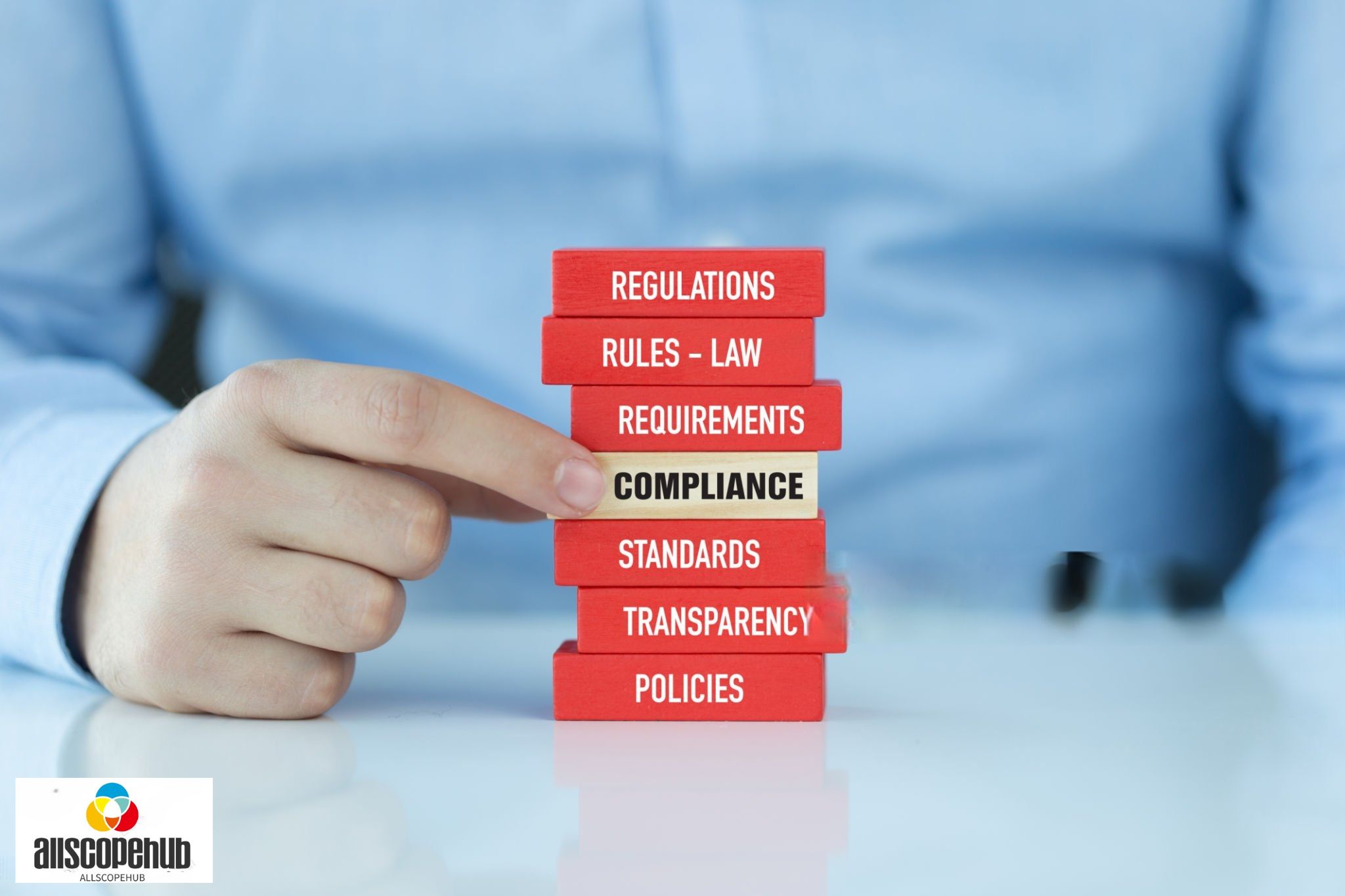Why a Compliance Management System Matters
Imagine you’re running a successful business. Things are going great—until you get hit with a compliance fine. Maybe you missed a regulation update. Perhaps an employee skipped a policy. Now, you’re paying for it. Sound stressful? It is.
That’s why a compliance management system (CMS) is so important. It helps you follow laws, regulations, and company rules—without the headache. It keeps your business safe from penalties, lawsuits, and reputational damage.
Want to stay on top of compliance? Let’s break it down.
What is a Compliance Management System?
A compliance management system is a set of policies, tools, and processes that help businesses follow the rules. It makes sure you meet legal requirements, industry standards, and internal policies.
Think of it as a safety net. Without one, you’re guessing—and guessing leads to mistakes. Mistakes lead to fines, lawsuits, and a bad reputation. No one wants that.
A CMS is essential in industries like healthcare, finance, and manufacturing, where strict regulations exist. It helps businesses avoid compliance breaches and ensures they operate within the law.
Why Your Business Needs a Compliance System
Some think compliance is just paperwork. It’s much more than that. Here’s why a CMS is a must-have:
1. Avoid Fines and Legal Trouble
Regulations are strict. If you don’t follow them, you could face penalties or even lawsuits. A CMS keeps you compliant and out of legal trouble. Fines for non-compliance can be massive. For example, the General Data Protection Regulation (GDPR) can fine businesses up to 4% of their annual revenue for violations.
2. Protect Your Reputation
Customers trust companies that follow the rules. If you break them, you lose credibility. A strong CMS protects your brand. Many companies have suffered public backlash and lost customers due to compliance failures.
3. Improve Efficiency
Manual tracking is slow and full of errors. A CMS automates tasks, saving time and reducing mistakes. Automating compliance tasks allows businesses to focus on growth rather than worrying about paperwork.
4. Stay Ahead of Rule Changes
Regulations change often. A CMS helps you stay updated so you’re never caught off guard. Many businesses struggle to keep up with new laws, leading to unintentional violations.
Learn more about compliance management from the U.S. Chamber of Commerce
Key Parts of a Strong Compliance System
A good CMS has four main parts:
1. Clear Policies and Procedures
Make sure your policies are easy to understand and up to date. Include:
- Employee guidelines
- Data protection rules
- Industry regulations
- Ethical standards
Policies should be written in simple language so employees understand them. Complex policies often lead to confusion and errors.
2. Risk Monitoring and Audits
Check for risks before they become problems. This means:
- Running regular audits
- Reviewing internal processes
- Fixing compliance gaps fast
Regular audits help businesses catch issues early. Auditing also ensures that employees are following protocols correctly.
3. Employee Training
Employees need to know the rules. Train them on:
- Workplace policies
- Industry regulations
- Data security measures
Training should be ongoing, not just a one-time session. Employees should be regularly updated on new compliance requirements.
4. Reporting and Documentation
Good record-keeping is essential. Businesses should:
- Keep compliance logs
- Store important compliance documents
- Maintain audit trails
Proper documentation helps prove compliance during inspections or legal disputes.
How to Set Up a Compliance System
Want to get started? Here’s how:
Step 1: Figure Out Your Compliance Needs
Every business has different rules to follow. Find out what applies to you. This could be:
- Industry regulations
- Data privacy laws
- Workplace safety rules
Ignoring compliance requirements can lead to financial losses. Many businesses have been forced to shut down due to regulatory violations.
Step 2: Create Simple Policies
Policies should be clear and easy to follow. Avoid legal jargon. Make sure employees understand them. Provide written guides and conduct meetings to explain policies.
Step 3: Use Compliance Software
Manual tracking is risky. Compliance software helps automate:
- Rule monitoring
- Policy updates
- Employee training
Popular compliance software solutions include ZenGRC, LogicGate, and Hyperproof. These tools help businesses stay compliant without manual effort.
Step 4: Train Your Team
People make mistakes when they don’t know the rules. Hold training sessions often to keep everyone informed. Use quizzes and real-life examples to help employees understand compliance risks.
Step 5: Do Regular Audits
Check your system often to find gaps. Fix problems before they turn into fines or lawsuits. Compliance audits should be scheduled at least once per year.
Common Compliance Challenges (And How to Fix Them)
Even with a CMS, businesses face problems. Here’s how to solve the biggest ones:
Problem 1: Rules Keep Changing
Solution: Sign up for industry newsletters and work with legal experts to stay updated. Many regulatory agencies provide updates via email or their websites.
Problem 2: Employees Ignore Policies
Solution: Make compliance training fun and offer rewards for following the rules. Interactive training programs improve engagement.
Problem 3: Too Many Manual Tasks
Solution: Use compliance software to automate tracking and reporting. Automation reduces human errors and improves efficiency.
Problem 4: Lack of Leadership Support
Solution: Management must prioritize compliance. Leaders should set an example by following policies and encouraging employees to do the same.
Problem 5: Poor Documentation
Solution: Keep digital records of compliance activities. Cloud-based compliance tools can help store and organize documents securely.
Compliance Laws Every Business Should Know
Different industries have specific laws to follow. Here are some important ones:
- GDPR (General Data Protection Regulation) – Protects user data in Europe
- HIPAA (Health Insurance Portability and Accountability Act) – Covers healthcare data security in the U.S.
- SOX (Sarbanes-Oxley Act) – Prevents financial fraud in public companies
- OSHA (Occupational Safety and Health Administration) – Ensures workplace safety in the U.S.
Not following these laws can lead to heavy fines or even criminal charges.
Take Control of Compliance Today
Compliance isn’t just a box to check—it protects your business, employees, and reputation. A compliance management system helps you follow the rules with less stress.
Many companies have learned the hard way that ignoring compliance leads to serious consequences. Don’t let that be you.
Don’t wait for a problem to happen. Set up a CMS now and keep your business safe.
Get expert compliance advice from the Federal Trade Commission.



